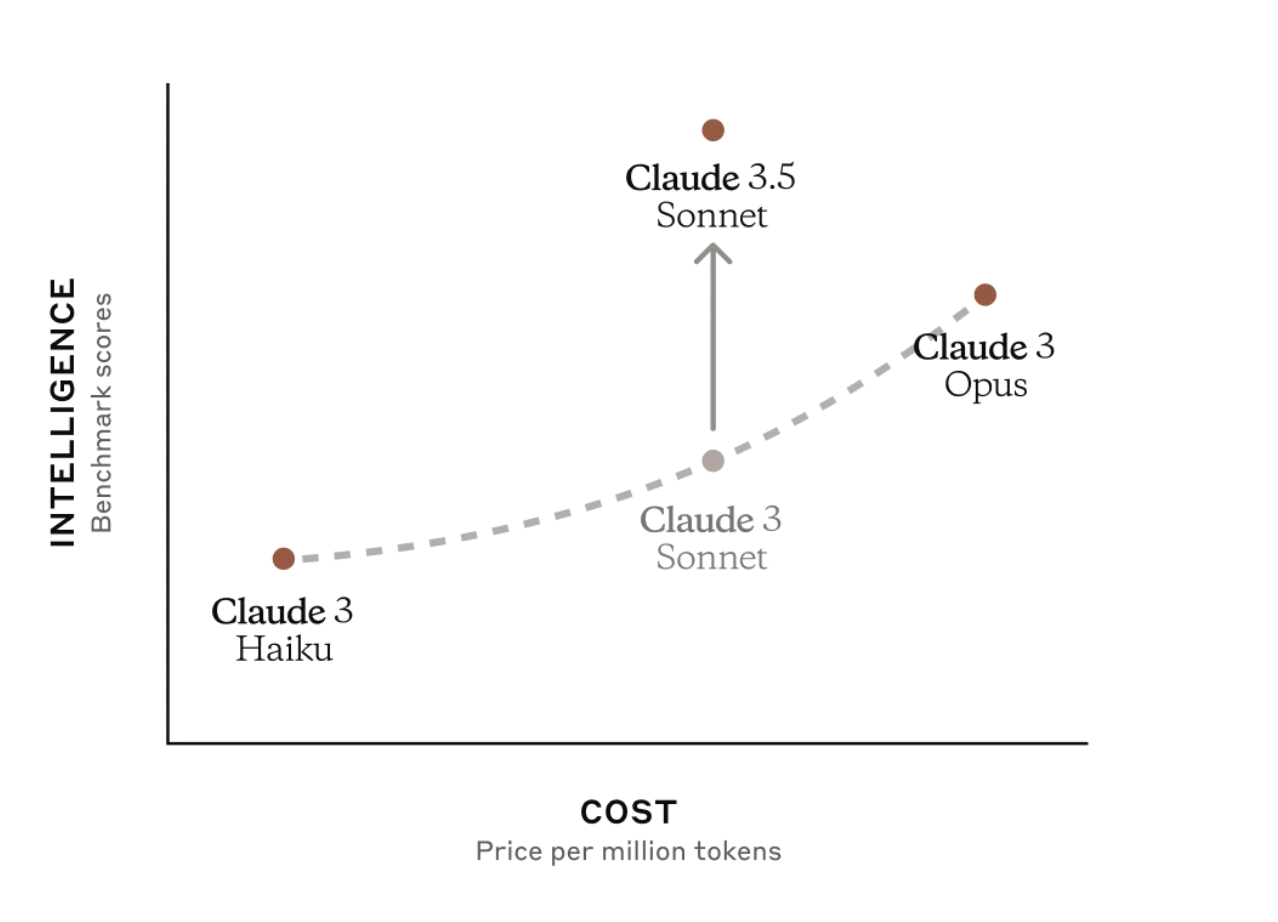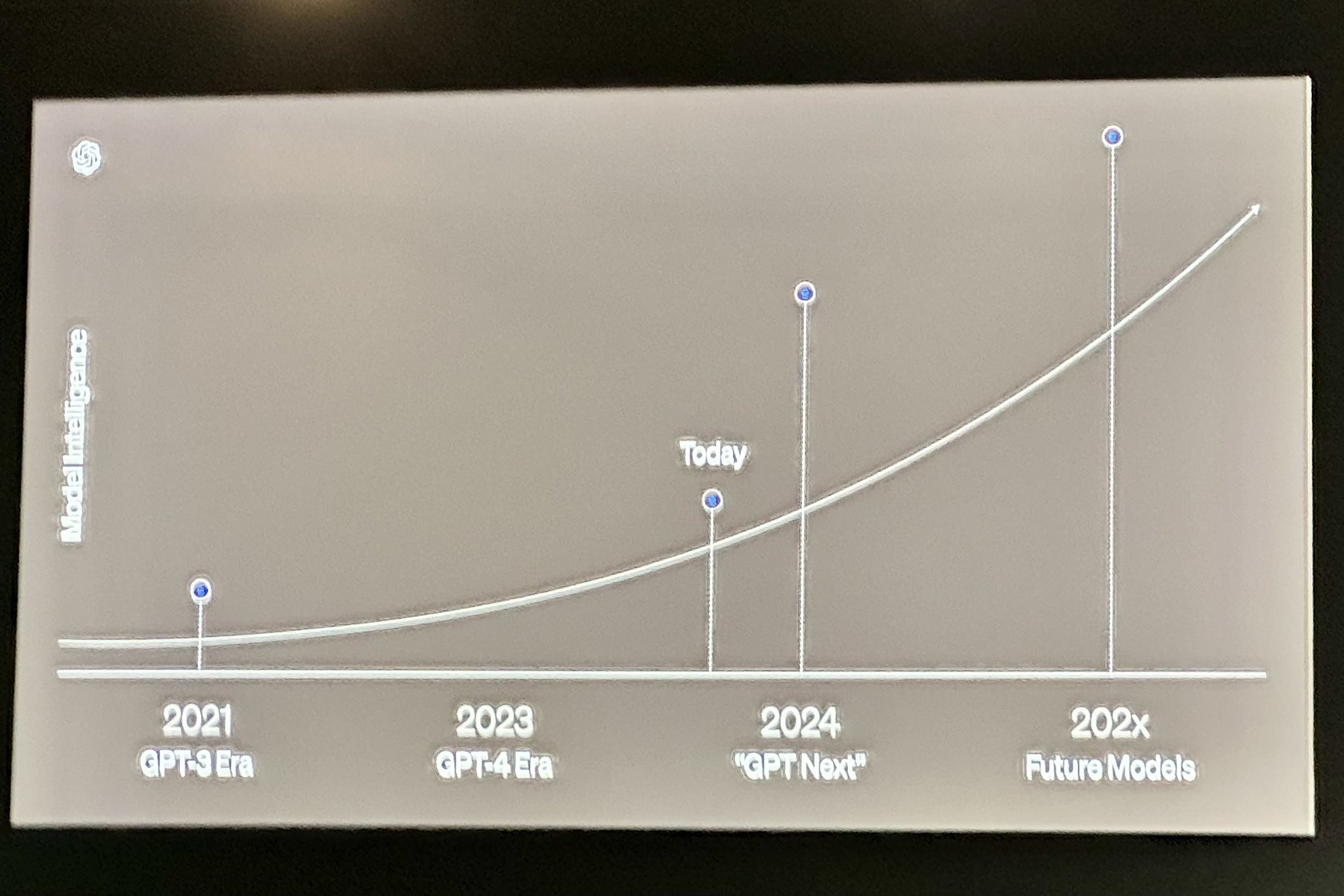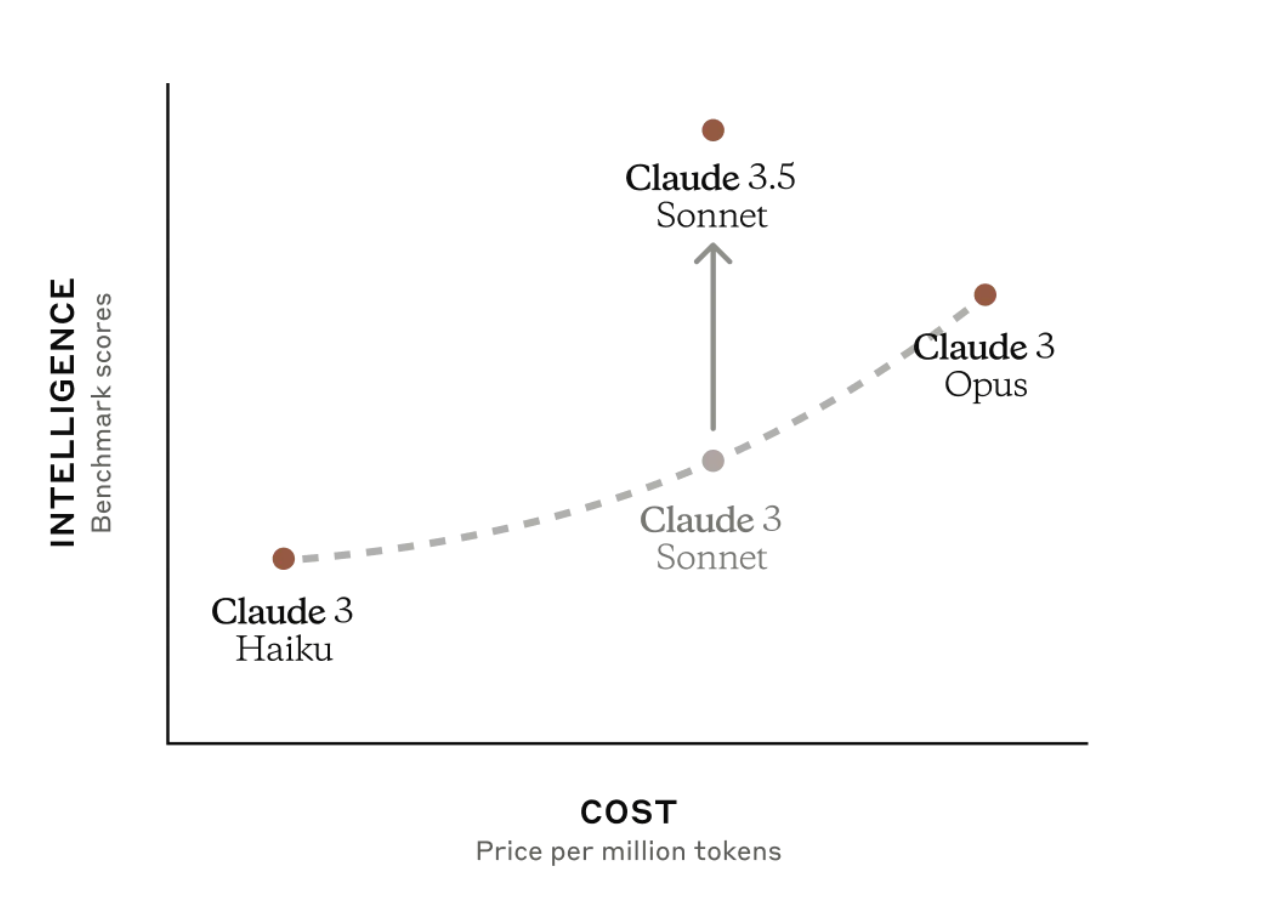A new model called "gpt2-chatbot" is being benchmarked on LMSYS ChatBot Arena and has generated a ton of rumors and speculation on Twitter. Some users think this model might be OpenAI's next-generation model, while others believe it could be a fine-tuned version of one of OpenAI's old models, such as gpt-2 from 2019. I will resolve the market to the option most closely resembling the truth.
🏅 Top traders
| # | Name | Total profit |
|---|---|---|
| 1 | Ṁ756 | |
| 2 | Ṁ361 | |
| 3 | Ṁ266 | |
| 4 | Ṁ252 | |
| 5 | Ṁ231 |
People are also trading
@traders I resolved the market. Please find a summary of my thinking below.
Can gpt-4o be considered openai's next-generation model (e.g. 4.5 or 5)?
No, because
intelligence leap not comparable to gpt-3 to gpt-4 jump
various metrics show smaller improvement
incremental rather than revolutionary advancement
lack of official next-gen designation from openai
announced "frontier models" coming soon at end of presentation
model's efficiency and speed suggest it's not dramatically larger
4 in name implies iteration on gpt-4, not new generation
Yes, because
next-gen status is not solely determined by model size:
llama 3 8b is considered next-gen despite smaller size
anthropic's claude 3.5 sonnet is next-gen and most intelligent, but smaller than opus 3
industry trends shifting towards viewing model families rather than strict generational leaps
significant capabilities and advancements:
multimodal integration: text, audio, and vision capabilities
improved efficiency and lower operational costs
not merely a fine-tuned version of gpt-4, but architecturally distinct
released through a major event:
launch signifies importance and marks a significant milestone
demonstrates openai's commitment to positioning it as a major advancement
Ultimately, there's no right or wrong way to answer this question. At the end of the day, these are all marketing terms. However, based on everything I listed above, I personally think of GPT-4O as next-generation. While it doesn't represent as dramatic a leap as GPT-3 to GPT-4, it introduces significant new capabilities and efficiencies. It's likely more of a 0.5 jump than a full generational leap, aligning with the recent release of Claude 3.5 Sonnet. It seems that moving forward a nuanced view of generations is needed. You can get a new generation of a small model. "Next-generation" might not always mean vastly larger or more intelligent, but rather more capable, efficient, or versatile. GPT-4O embodies this trend, making a strong case for its consideration as a next-gen model despite counterarguments.

@traders I resolved the market. Please find a summary of my thinking below.
Can gpt-4o be considered openai's next-generation model (e.g. 4.5 or 5)?
No, because
intelligence leap not comparable to gpt-3 to gpt-4 jump
various metrics show smaller improvement
incremental rather than revolutionary advancement
lack of official next-gen designation from openai
announced "frontier models" coming soon at end of presentation
model's efficiency and speed suggest it's not dramatically larger
4 in name implies iteration on gpt-4, not new generation
Yes, because
next-gen status is not solely determined by model size:
llama 3 8b is considered next-gen despite smaller size
anthropic's claude 3.5 sonnet is next-gen and most intelligent, but smaller than opus 3
industry trends shifting towards viewing model families rather than strict generational leaps
significant capabilities and advancements:
multimodal integration: text, audio, and vision capabilities
improved efficiency and lower operational costs
not merely a fine-tuned version of gpt-4, but architecturally distinct
released through a major event:
launch signifies importance and marks a significant milestone
demonstrates openai's commitment to positioning it as a major advancement
Ultimately, there's no right or wrong way to answer this question. At the end of the day, these are all marketing terms. However, based on everything I listed above, I personally think of GPT-4O as next-generation. While it doesn't represent as dramatic a leap as GPT-3 to GPT-4, it introduces significant new capabilities and efficiencies. It's likely more of a 0.5 jump than a full generational leap, aligning with the recent release of Claude 3.5 Sonnet. It seems that moving forward a nuanced view of generations is needed. You can get a new generation of a small model. "Next-generation" might not always mean vastly larger or more intelligent, but rather more capable, efficient, or versatile. GPT-4O embodies this trend, making a strong case for its consideration as a next-gen model despite counterarguments.

@ismellpillows i agree it’s time to resolve this. right now, i lean towards gpt-4o is openai’s next-gen model. it’s not the largest, and openai will probably release a bigger model this year. but i think 4o and any new model would be part of the same family, like claude 3 with opus and sonnet, or llama 3 with the 70B and 400B models. gpt-4o is more efficient, cheaper, supports new modalities, isn’t just a fine-tuned version of gpt-4, and was announced through a major event.
@traders I did not expect this to happen, but what do you all think about potentially resolving this market as 50% "OpenAI's next generation model" and 50% "other (e.g. just an updated version of gpt-4)"
@chrisjbillington FYI
@Soli or resolve 2 variants to 0, and the other to to 23 and 77 (proportionally to the market value)
@Soli No. The description distinguishes "next generation model" from "finetuned version of old model".
gpt-4o is stated to be a new model. So it's not properly an updated version of GPT-4, and is most closely a "next generation model".
@Mira the description was specifically referring to gpt-2 in that case but I definitely see where you are coming from. If I have to choose only one option, then "next generation model" would be more accurate but this doesn't mean that gpt-4o can't also be an "updated version of gpt-4"
I think the problem stems from the fact that most of the new stuff in gpt-4o is audio/vision capabilities and usability. If you only judge the model based on text output, then it is very close to gpt-4.
I didn’t consider this scenario when I created the question, which is why we ended up with two options that can both be true. Does this make sense to you?
@Soli the description has this part though which would be problematic for a 50/50 resolution
I will resolve the market to the option most closely resembling the truth.
@Soli I am biased, but there probably won’t be a GPT-4.5 (see related markets), so this is what the next generation model is called (by OpenAI branding).
But I’m also ok with 50/50 given ambiguity
A good counterpoint is this market refers to gpt2-chatbot which, depending on definition, is functionally GPT-4
interesting slide from OpenAI

@jackgwhit strictly speaking that tweet is about "im-also-a-good-gpt2-chatbot" and this market is about "gpt2-chatbot", and although the models are presumably related it's not clear in what way.
@chrisjbillington yeah perhaps, but i view the evidence as incredibly strong. curious what else will come out!
@Bair I made one that goes until end of year. Feel free to suggest improvements to the resolution criteria. https://manifold.markets/jim/is-gpt2chatbot-gpt2
@MP If that's the case it's a breakthrough of two or more orders of magnitude. gpt2-chatbot It performs similarly to models in excess of a hundred billion parameters, while GPT-2 had 1.5 billion
